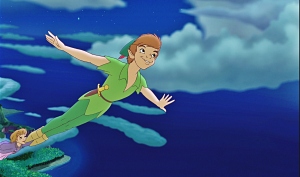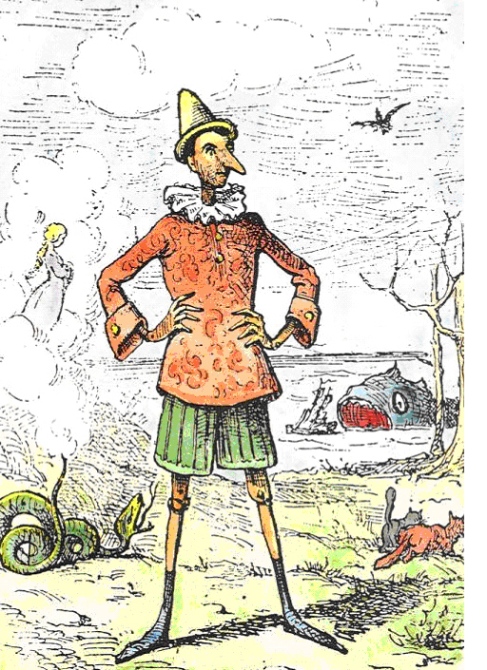As we discussed in class on Tuesday, one of the things that makes Winnie the Pooh so universally appealing is its potential for identification with the characters. Each of the main players in A.A. Milne’s vignettes is distinctly different from the others; while certain characters share certain traits, they are, for the most part, each very singular. Milne does a great job of flushing these differences out, even including favorite foods, favorite activities, and catch phrases for each of the animals. Likely, such distinct personalities have led, in part, to the conclusions drawn by some regarding the “disordered” natures thereof; however, it is likely that any personality, when taken to an extreme, can be linked to some type of disorder.
With such clear and vivid character definition, it is easy – and extremely appealing – for readers to choose “their” character; an animal with which they identify the most, and is a hyperbolic (and animal) version of themselves. For me, that character is Piglet: small body, big heart, scared of loud noises and the dark. Piglet is a favorite for many, owing in part likely to his aesthetic appeal (small, all in pink, chic striped tunic) and in part to his unfailing kindness and desire to help others.
However, while Piglet appeals to me (and to many) for personal reasons, I also think that some of the most poignant moments in the text (and, relatedly, some of the most oft-quoted) are ones that he and Pooh share together. For example, one of my favorite moments – and one that i feel stands alone, even without the rest of the story) is when Piglet and Pooh have just finished with the great flood. As they are walking together, this exchange occurs:
“Pooh?”
“Yes, Piglet?”
“Nothing,” said Piglet, sidling up to Pooh from behind. “I just wanted to be sure of you.”
This moment is a perfect microcosm of the universality that makes Winnie the Pooh so great, and so classic. We can all identify with these sentiments, even though we are not stuffed animals and do not live in the woods. We relate.











